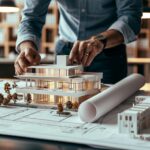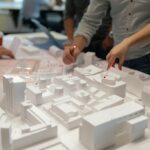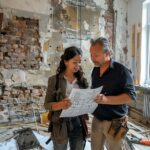Crafting compelling project descriptions is essential for architects and designers to effectively showcase their work to clients, collaborators, and the public. A well-written project description not only highlights the key features and design elements of a project but also communicates its value, vision, and impact. To help you streamline the process of writing project descriptions, we’ve compiled a collection of templates tailored to different project types and contexts.
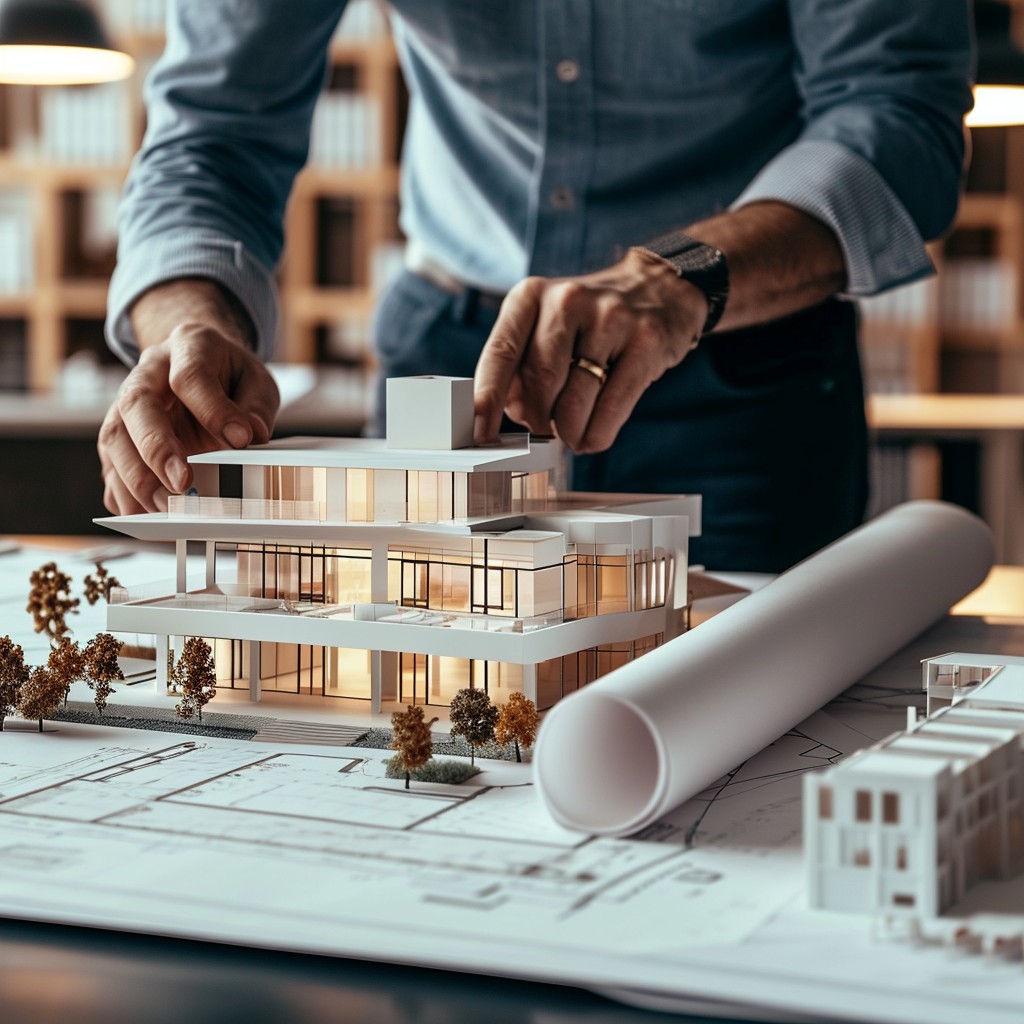
Template 1: Residential Project Description
Introduction:
Introduce the residential project, including its location, size, and key features. Provide a brief overview of the design concept and the client’s goals for the project.
Design Concept:
Describe the design concept and aesthetic approach adopted for the project. Highlight the architectural style, material palette, and spatial layout that characterize the residential space.
Key Features:
Identify the standout features of the project, such as innovative design solutions, sustainable features, or unique architectural elements. Emphasize how these features enhance the functionality, comfort, and aesthetics of the residential environment.
Client Testimonial:
Include a brief testimonial from the client, expressing their satisfaction with the project and its impact on their lifestyle. This adds credibility and authenticity to the project description.
Conclusion:
Summarize the key points of the project description and reiterate its significance in meeting the client’s needs and aspirations. Invite readers to explore the project further and contact your firm for more information.
Template 2: Commercial Project Description
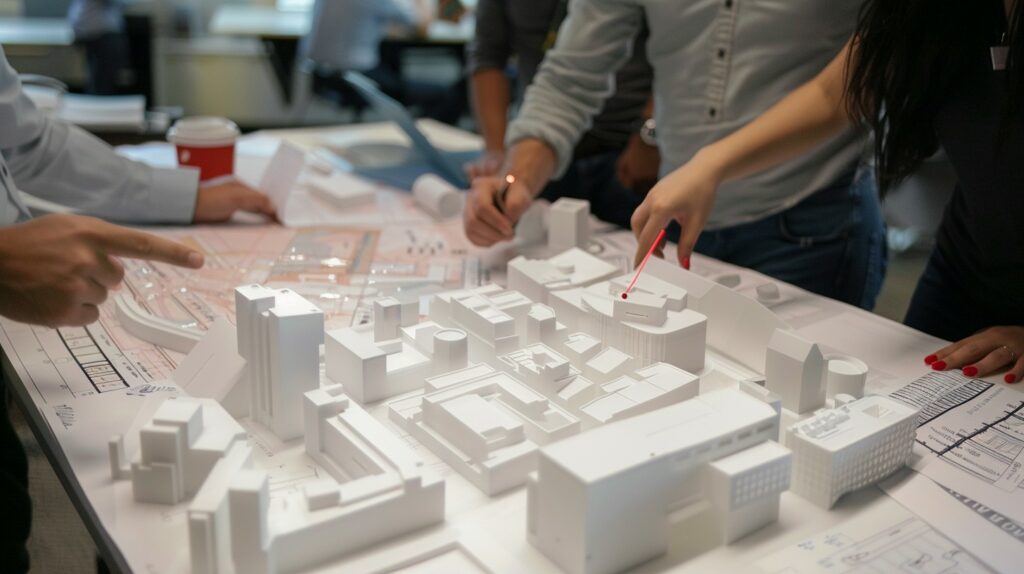
Introduction:
Introduce the commercial project, providing context on its location, purpose, and scale. Outline the project’s significance within its broader context, such as its impact on the local community or economy.
Design Concept:
Describe the overarching design concept and vision for the commercial space. Discuss how the design responds to the needs of the end users and aligns with the client’s business objectives.
Functional Layout:
Detail the functional layout and spatial organization of the commercial facility, highlighting key zones, circulation patterns, and amenities. Explain how the design promotes efficiency, productivity, and user satisfaction.
Sustainable Features:
Highlight any sustainable design strategies or green building features incorporated into the project. Discuss how these initiatives contribute to energy efficiency, environmental stewardship, and occupant well-being.
Project Impact:
Discuss the anticipated impact of the project on the surrounding area, economy, or industry sector. Include any projected metrics or outcomes that demonstrate the project’s success and value.
Conclusion:
Summarize the key aspects of the commercial project and emphasize its significance in meeting the client’s objectives and addressing market needs. Encourage readers to learn more about the project and its design approach.
Template 3: Cultural Project Description

Introduction:
Introduce the cultural project, providing context on its significance within the cultural or historical context. Discuss the project’s objectives and its role in promoting cultural awareness and appreciation.
Architectural Expression:
Describe the architectural expression and design language employed in the cultural project. Discuss how the design reflects the cultural identity, values, and heritage of the community it serves.
Programmatic Elements:
Detail the programmatic elements and functional spaces within the cultural facility, such as exhibition galleries, performance venues, or educational facilities. Explain how these spaces support the project’s mission and programming goals.
Community Engagement:
Highlight any community engagement initiatives or participatory design processes that were integral to the project’s development. Discuss how the project has fostered collaboration and dialogue within the community.
Legacy and Impact:
Reflect on the long-term legacy and impact of the cultural project, both within the local community and beyond. Share any success stories or testimonials from stakeholders and visitors.
Conclusion:
Wrap up the cultural project description by underscoring its significance as a catalyst for cultural enrichment, education, and social cohesion. Encourage readers to visit the cultural facility and experience its transformative power firsthand.
Template 4: Renovation Project Description
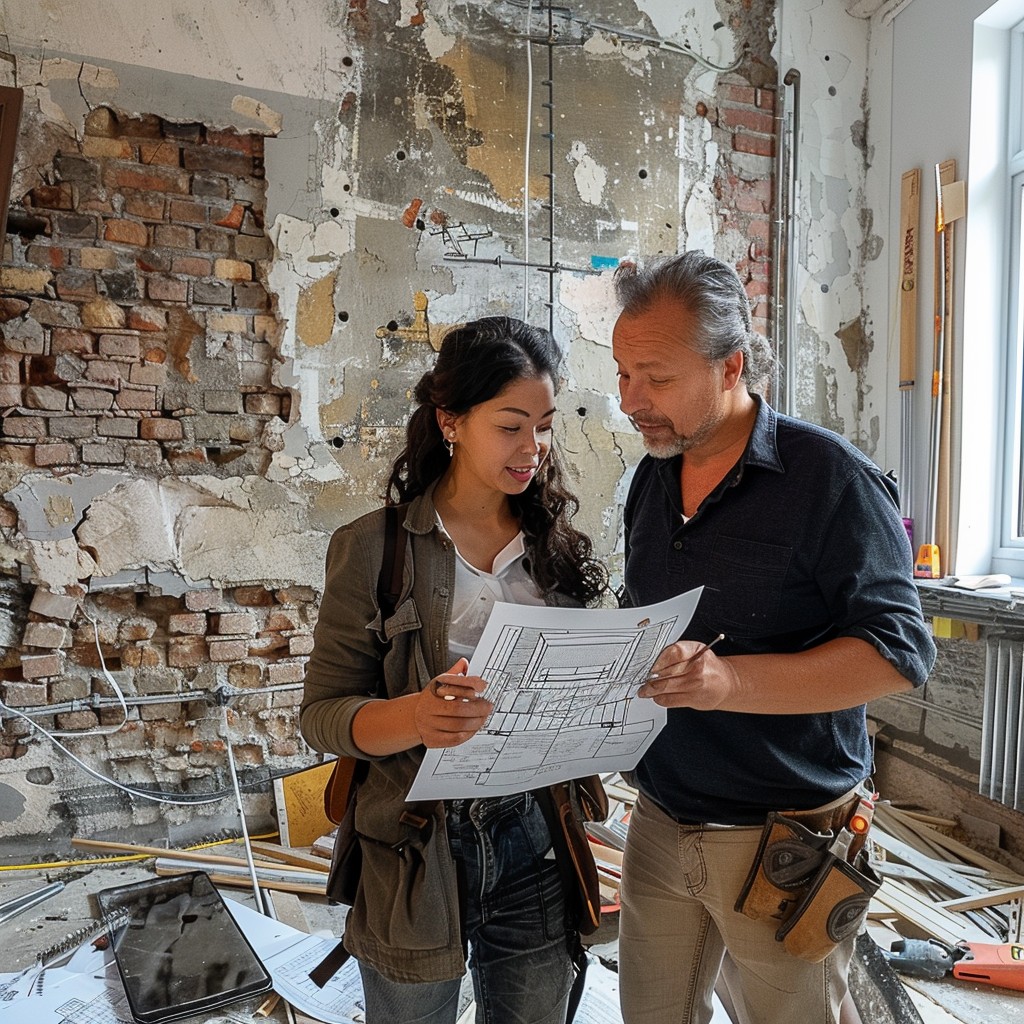
Introduction:
Introduce the renovation project, providing background information on the existing structure and its historical or architectural significance. Discuss the motivation behind the renovation and the desired outcomes.
Preservation Approach:
Detail the preservation approach and design strategies employed in the renovation process. Discuss how the project respects the original character and integrity of the building while accommodating modern needs and standards.
Adaptive Reuse:
Highlight any adaptive reuse strategies or innovative interventions that breathe new life into the existing structure. Explain how these interventions enhance functionality, sustainability, and user experience.
Historical Context:
Provide context on the historical significance of the renovated building and its role within the community or urban fabric. Discuss how the project contributes to the preservation of cultural heritage and architectural legacy.
Transformational Impact:
Illustrate the transformational impact of the renovation project on the surrounding area or neighborhood. Share before-and-after images and anecdotes that highlight the project’s positive influence.
Conclusion:
Conclude the renovation project description by emphasizing its role in revitalizing the built environment and enriching the community fabric. Invite readers to learn more about the project’s history and evolution.
Template 5: Landscape Design Project Description

Introduction:
Introduce the landscape design project, providing context on its location, scale, and environmental context. Discuss the project’s objectives and its role in enhancing the natural and built environment.
Design Concept:
Describe the overarching design concept and vision for the landscape, including themes, motifs, and design principles. Discuss how the design responds to ecological, cultural, and social considerations.
Site Analysis:
Present a thorough site analysis that highlights existing conditions, challenges, and opportunities. Discuss how the design responds to topography, hydrology, vegetation, and other site-specific factors.
Functional Zones:
Outline the functional zones and programmatic elements within the landscape, such as seating areas, circulation paths, recreational amenities, and ecological features. Explain how these elements support user needs and activities.
Sustainability Features:
Highlight any sustainability features or green infrastructure elements incorporated into the landscape design. Discuss how these features promote biodiversity, mitigate environmental impacts, and enhance resilience.
Conclusion:
Conclude the landscape design project description by summarizing its key features and benefits. Emphasize its role in fostering connection to nature, promoting well-being, and enriching the human experience. Encourage readers to explore the landscape and engage with its unique qualities.
These templates provide a framework for crafting effective project descriptions across a range of architectural and design contexts. By customizing these templates to suit your specific project and audience, you can effectively communicate the vision, significance, and impact of your work to stakeholders and the public.


